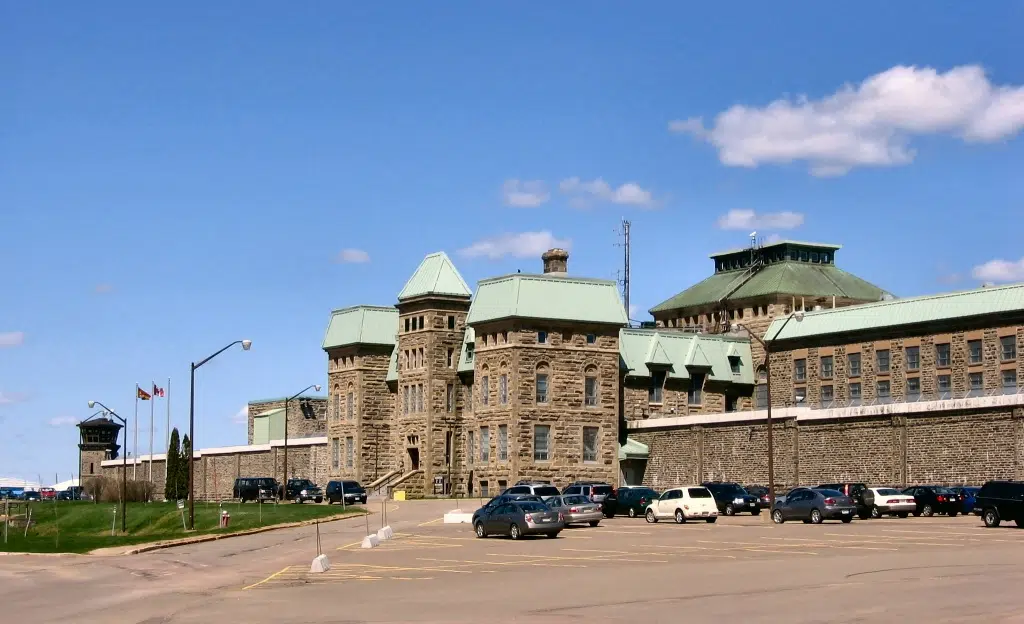
Image: Wikipedia
New Brunswick’s correctional facility staff are pleased with a recent push to have them included in the province’s presumptive post-traumatic stress disorder legislation.
The current legislation gives police officers, firefighters, and paramedics who are diagnosed with PTSD do not have to prove that it is due to workplace related trauma in order to receive their benefits. Instead, any first responder diagnosed with PTSD is automatically entitled to support from the province.
WorkSafeNB, the organization charged with overseeing safety and fair treatment of workers throughout the province, has launched a public consultation into whether the legislation should be expanded to include correctional staff.
CUPE 1251, which represents over 600 correctional facility workers across New Brunswick, says they welcome the potential change in legislation.
“Our province’s correctional officers play an indispensable role in maintaining community safety. Their work often exposes them to challenging situations that can have lasting emotional impact. The inclusion of correctional officers in presumptive PTSD legislation is a crucial step in recognizing the unique challenges they face,” said Chris Curran, President of CUPE Local 1251 in a press release.
The harsh reality of correctional work is that employees are often exposed to violence, conflicts and other disturbing incidents with their institutions. WorkSafeNB says there is increasing information on the mental health impacts of public safety work, including correctional officers.
CUPE 1251 is encouraging all of its members to participate in the consultation and says that it would be a positive step towards making sure workers get the support they need when they need it.
You can participate in the consultation by clicking this link and taking part in the survey.





Comments